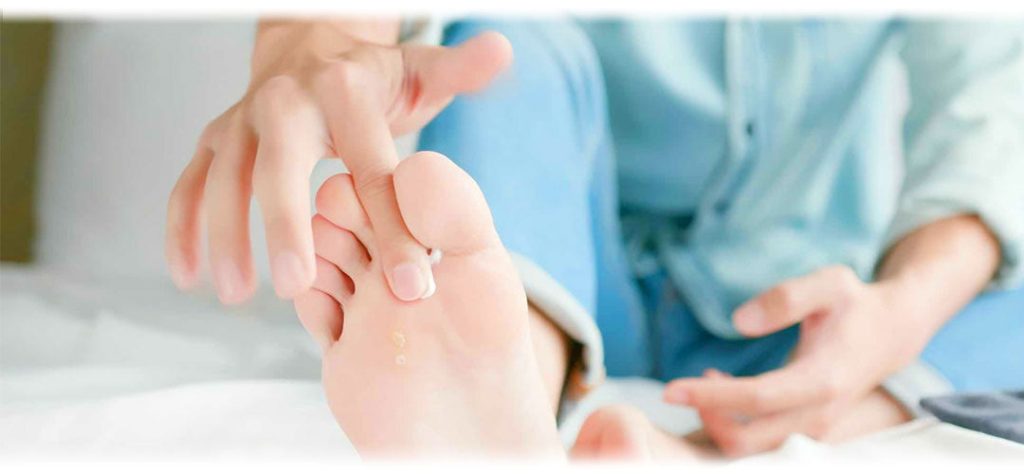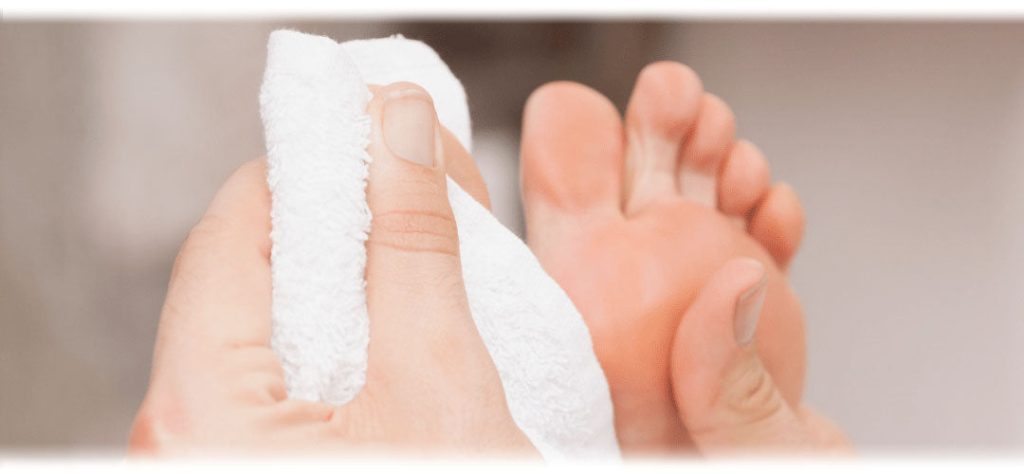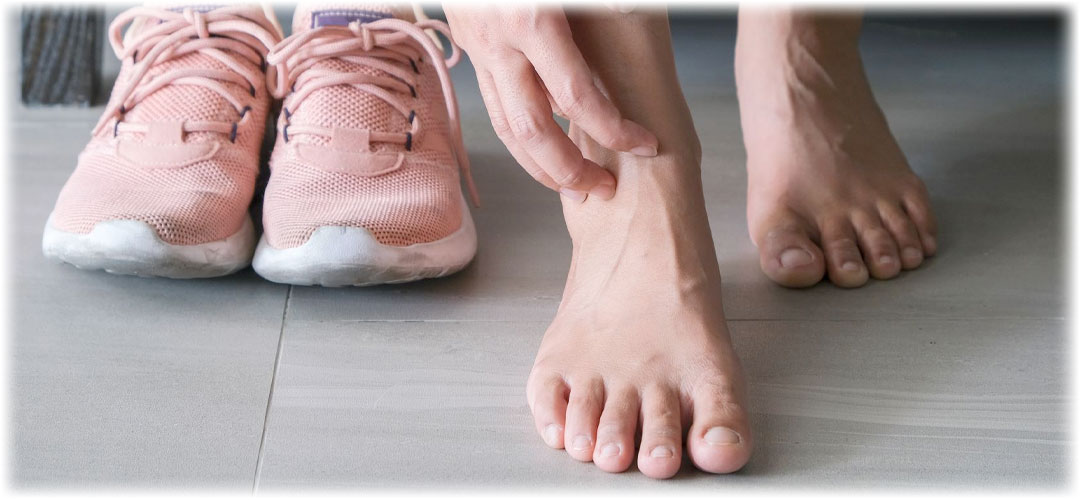Athlete’s foot is an infection that commonly affects the skin between the toes and underneath the foot. It’s a painful condition that can affect your performance and enjoyment of the sport you love. Here, we take a closer look at what athlete’s foot is, and some of the things you can do to manage it.

What Is Athletes Foot?
Athlete’s foot is a common fungal infection of the skin that affects the feet. It is often called ‘tinea pedis’. The fungus that causes athlete’s foot thrives in warm, moist environments, such as sweaty shoes and socks. Athlete’s foot can cause a variety of symptoms, including itching, burning, and scaling on the soles of the feet. In severe cases, it can lead to blisters and raw skin, swelling, and peeling. Athlete’s foot is also contagious.
Treatment includes regularly washing the feet with soap and water. A topical anti-fungal cream or lotion may be necessary to kill the fungus. Severe athlete’s foot may require oral medication or surgery. The important thing to remember is that athlete’s foot symptoms aren’t likely to just go away. When symptoms are ignored, it may lead to a more serious foot problem so they should be taken seriously. If you suspect that you have athlete’s foot, talk to your doctor for treatment.
What Causes Athletes Foot?
Athlete’s foot symptoms are caused by a fungal infection which slowly grows on moist, warm surfaces including the feet. They can be accelerated by walking barefoot in damp, warm areas such as public locker rooms or places with a high amount of moisture, such as saunas or swimming pools. The fungus flourishes in warm, moist environments and can take root in less than thirty seconds. Some risk factors associated with athlete’s foot include wearing shoes or socks that are:
- Sweat-soaked
- Too tight for your feet
- Wet or damp
- Dirty
- Worn, or have worn out soles
- Poorly ventilated
The way you wash and dry your feet can also have an impact. Making sure the feet are completely dry after stepping out of the shower, and only walking barefoot in areas where there is adequate ventilation, is essential. So, too, is washing your hands before and after touching your feet, because the fungal infection can be passed between your feet and your hands, and vice versa.

How Do You Treat Athletes Foot?
Athlete’s foot can usually be treated at home. If the symptoms worsen or do not improve after two weeks, you should consult with your doctor.
Athlete’s foot is a contagious fungal infection of the skin. The fungus that causes athlete’s foot is also found on the skin of people who do not have symptoms.
Treating athlete’s foot symptoms at home will relieve symptoms and prevent further infection from occurring. This can be done using over the counter fungal medication. These medications can be in the form of lotions, sprays, and powders.
When using medications, it is important that these products are suitable for use on your feet. It is recommended that you only apply medications to your feet once a day. If you’re using a cream or ointment, you should firmly but gently rub the medication into the affected areas. Then, gently wash your feet with warm water, making sure to rinse out all the medication.
Dry your feet completely and wear clean socks instead of allowing your feet to remain wet. If you’re applying the medication before you go to bed, allow your feet to remain dry. Do not store your medicine in areas that are routinely exposed to humidity or heat. Store medicine in a dry, cool place.
After you’ve successfully treated athlete’s foot, you can help prevent a recurrence by wearing sandals or bare feet in locker rooms, public showers or public pools.
Natural Alternatives
If you don’t want to go down the medication route, there are a few natural remedies you can try. Our Caprylic Acid Combination, for example, contains a natural fatty acid found in coconut oil with antifungal and antibacterial properties, making it useful to help manage skin complaints where yeast or bacteria or present. And our Tea Tree Organic Essential Oil has antiseptic and antifungal qualities, making it perfect for cleaning and protecting your skin and toenails. It should be diluted with our Jojoba Carrier Oil, which also has antifungal, antibacterial, anti-inflammatory and antioxidant properties, to leave your feet feeling smooth, clean and nourished.






